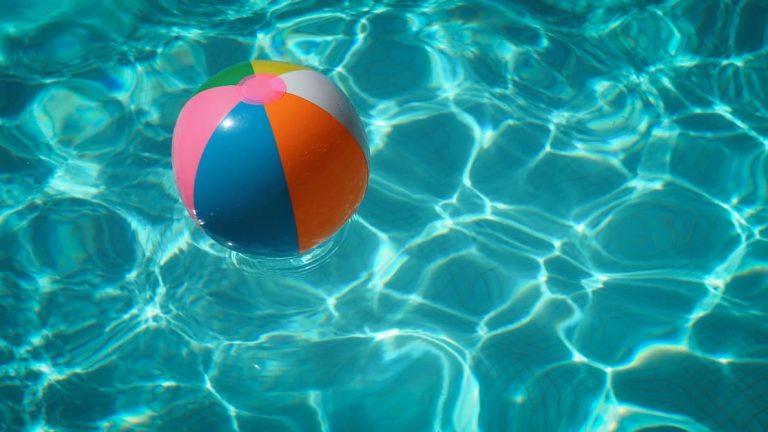Swimmer’s ear is a type of infection that occurs in the outer ear, which is the area between the visible part of your ear and your eardrum. It is caused by water becoming trapped in the ear canal and creating a breeding ground for bacteria.
While swimmer’s ear isn’t serious in most cases, it can lead to complications if left untreated, and it can be quite uncomfortable to deal with. Below we review more about swimmer’s ear, including tips for preventing the infection.
Earwax Can Help Prevent Infection
Many people clean the earwax out of their ear canals, thinking it is unsightly or unhygienic. But in fact, this can leave you vulnerable to an infection. Having some earwax in the ears can help trap debris and bacteria. In addition, using cotton swabs to clean the ears can actually push earwax f
urther into the ears and put you at risk of impaction.
Visit an ENT specialist if you have excess earwax that you need removed.
Earplugs Are a Swimmer’s Best Friend
If you frequently swim or engage in other water activities, it may be worth investing in a set of swimmer’s plugs, which prevent water from entering the ear canals. Albany ENT & Allergy Services offers custom-molded swimmer’s plugs for maximum comfort and protection.
Keep the Ears Dry
If you don’t use earplugs, it’s important to dry the ears after swimming to prevent an infection. First, tilt your head to each side and pull at the earlobe gently so water can drain out. If you still feel that you have water in the ears, use a hair dryer on the lowest setting to dry the ear canals out.
Look Out for Symptoms
Know the symptoms of swimmer’s ear so that you can seek medical attention promptly:
- Itchiness of the ear canal
- Redness
- Discomfort or pain
- Drainage
- Feeling of fullness in the ear
- Muffled hearing
- Fever
If you experience these symptoms, call your ENT to be seen right away.
For more information about swimmer’s ear, including how to swim safely at Lincoln Park Pool, call the experts at Albany ENT & Allergy Services today.
[related-posts]
